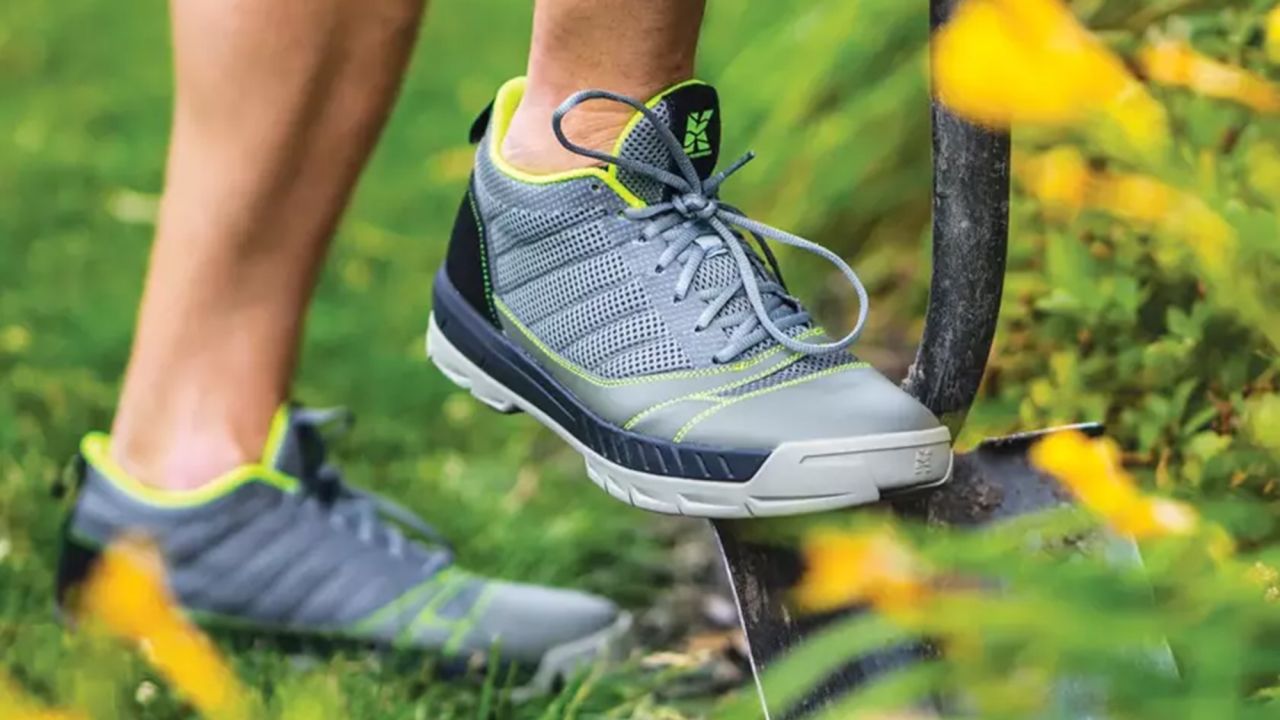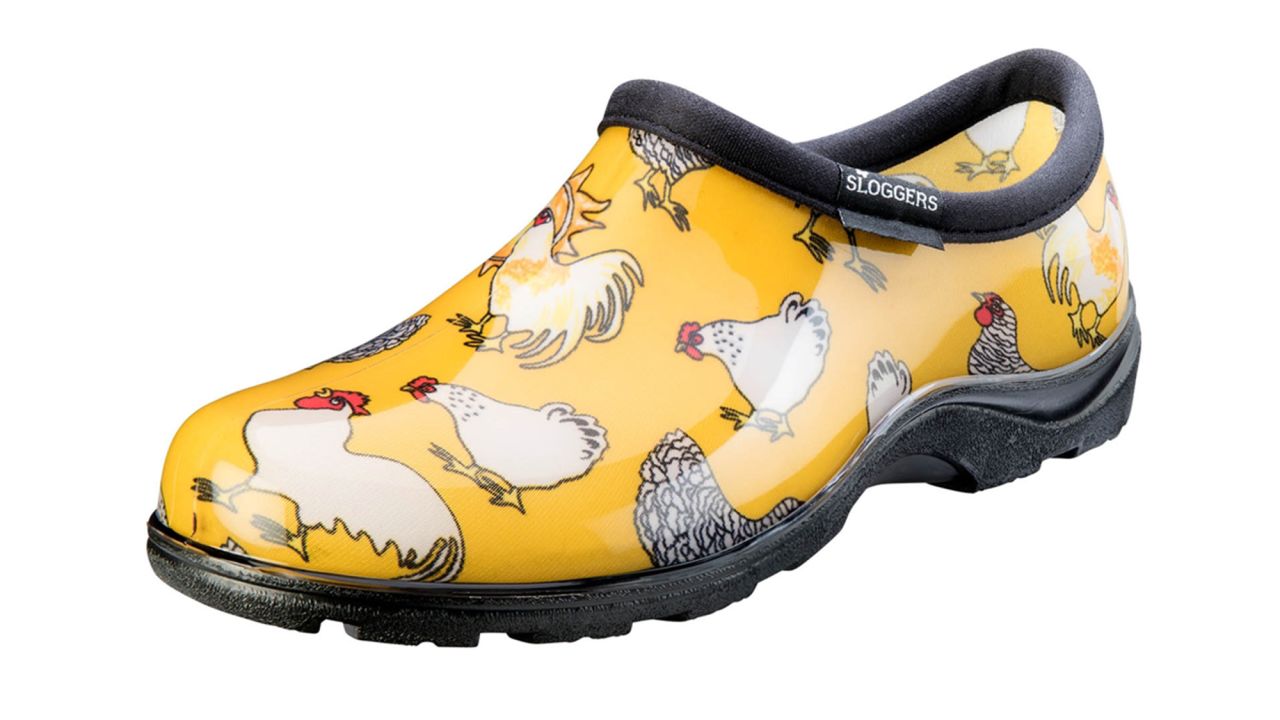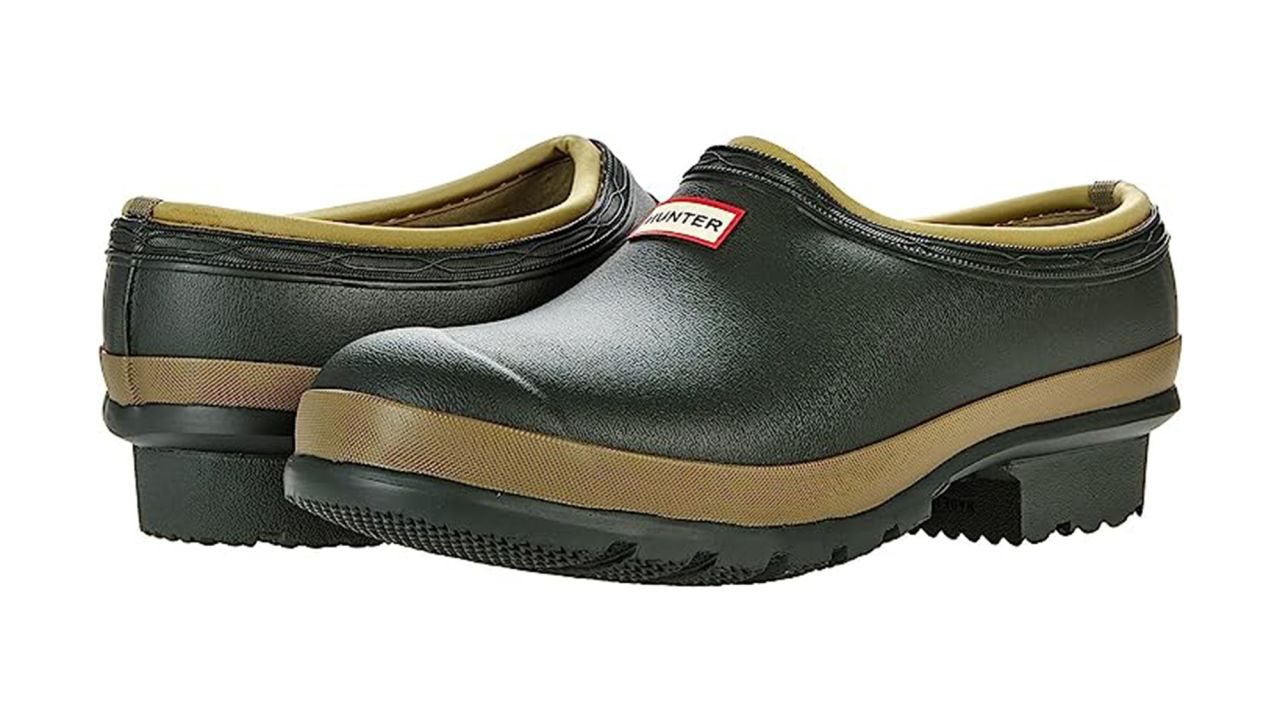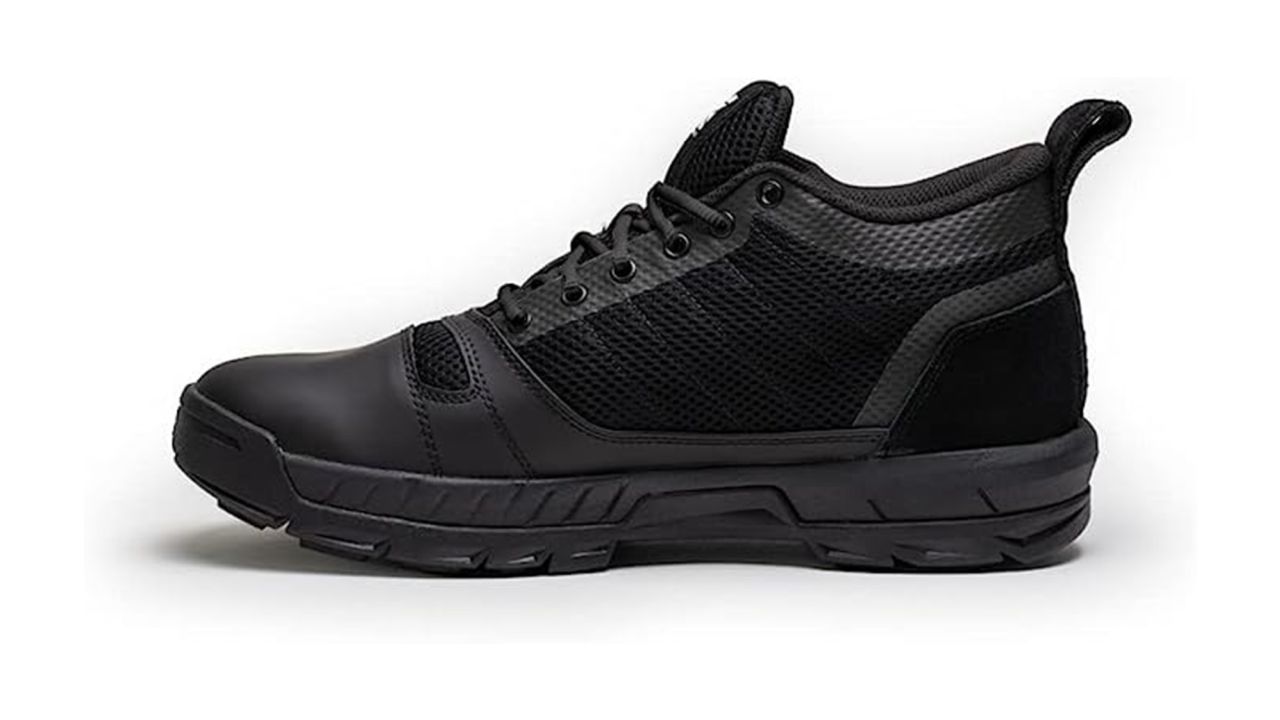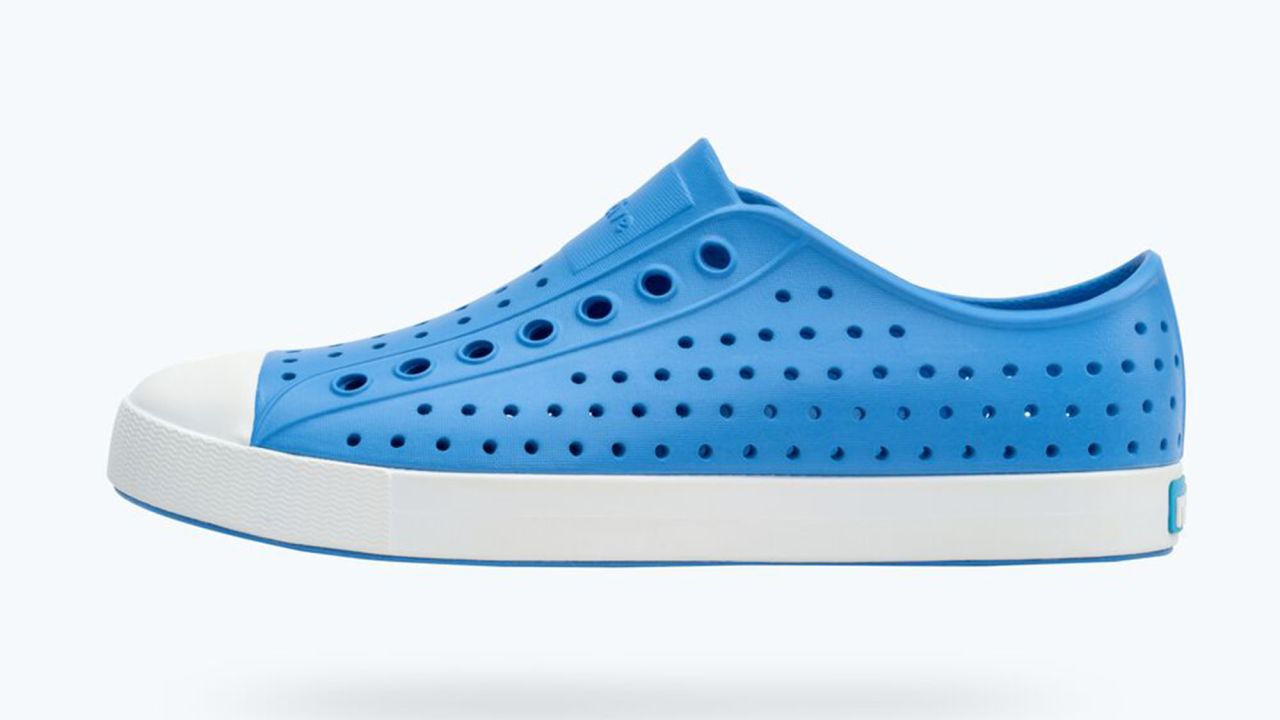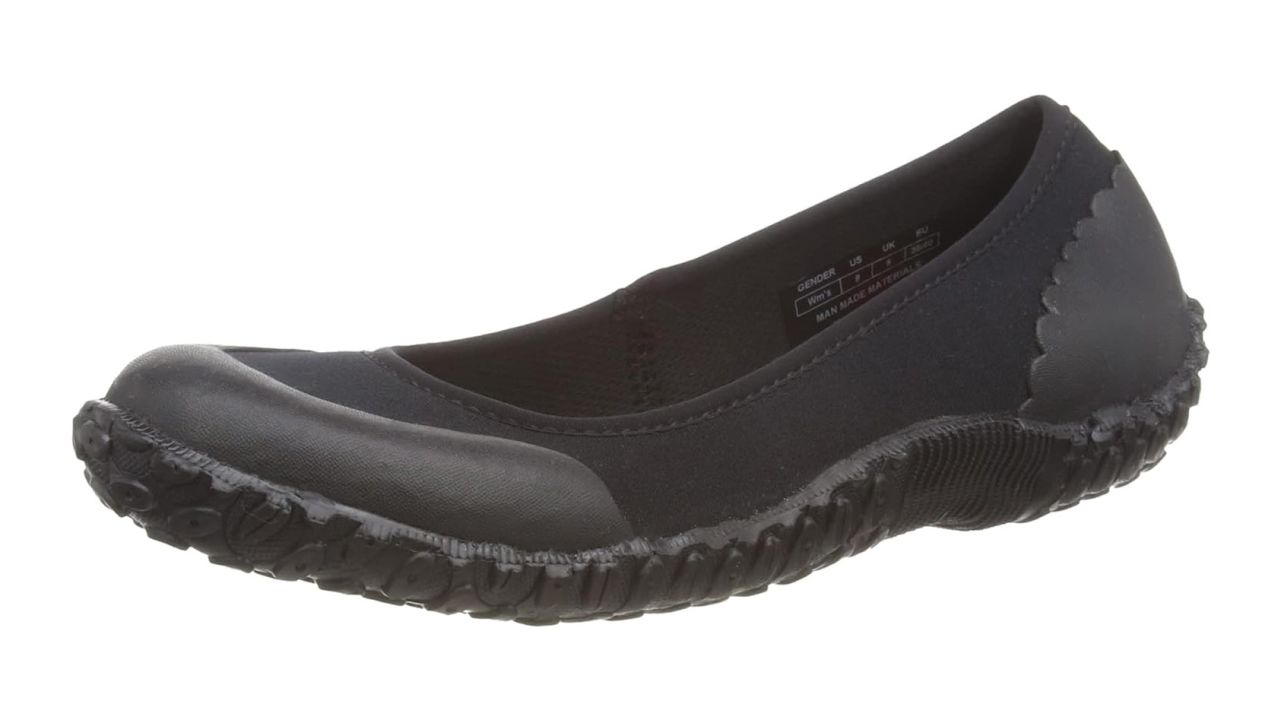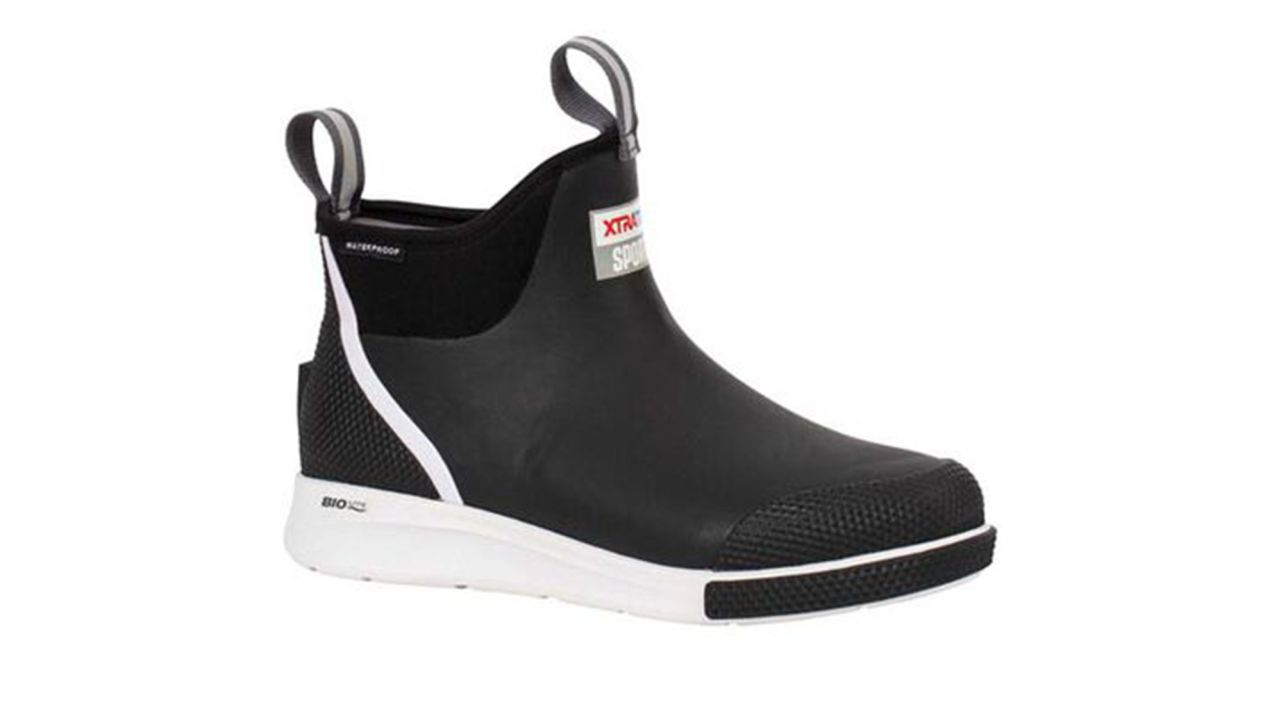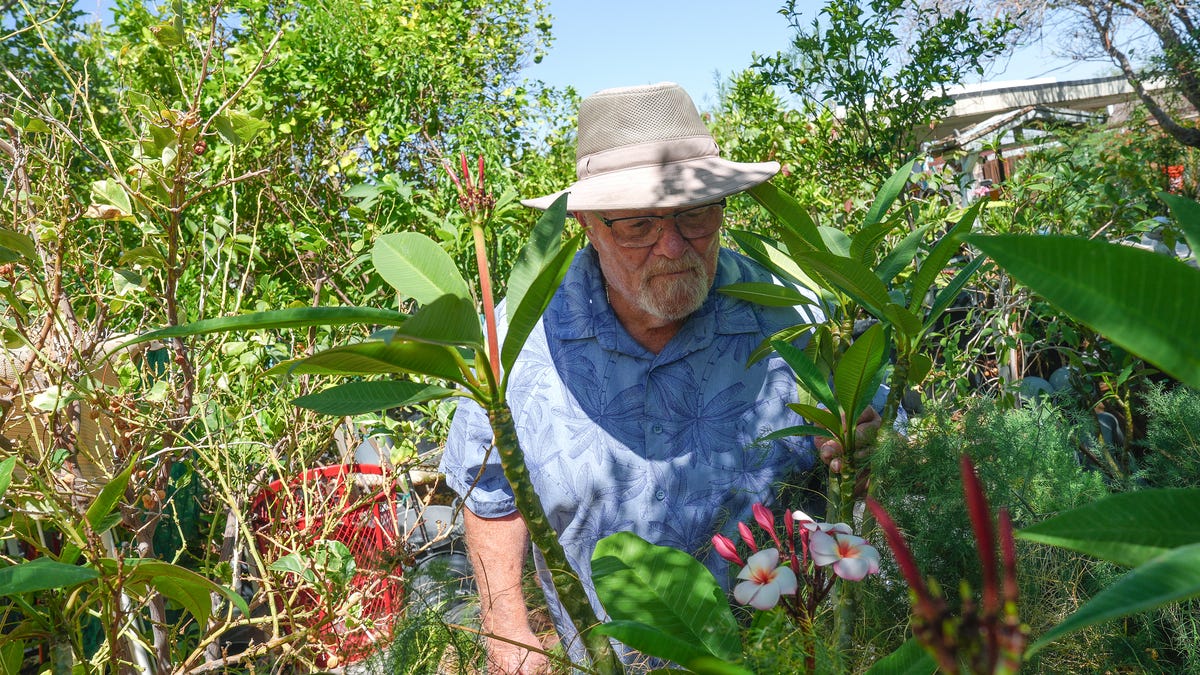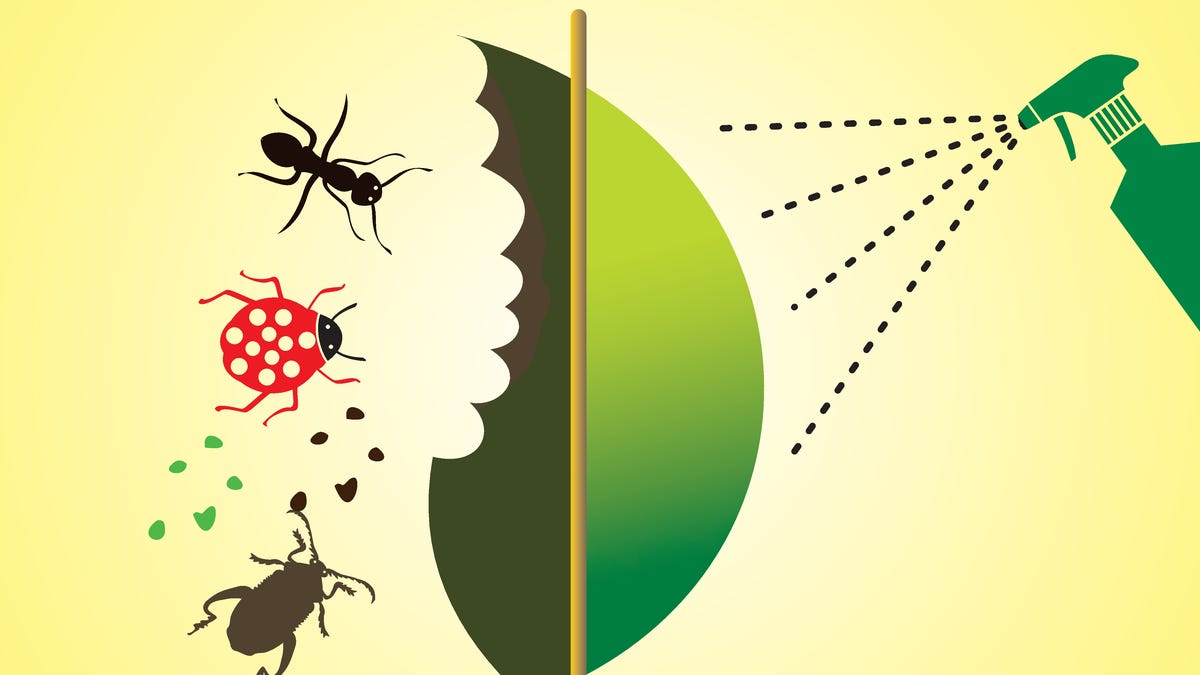Gardening is one of the true simple pleasures in life: There’s nothing quite like getting outside, digging into the soil and tending to your plants. But as enjoyable as the act of gardening is, doing so in the wrong footwear can easily add an element of frustration when you’re left to deal with filthy feet, soaked socks, sore muscles and injuries or a ruined pair of everyday shoes.
So, to help you garden in comfort, we asked expert gardeners what shoes are best when you’re down in the dirt.
If you’d rather just repurpose an old pair of sneakers and don’t mind sacrificing some of the comforts and protections of dedicated gardening shoes, there’s nothing inherently wrong with that (economical and sustainable) decision. But if you’re keen on getting a pair of really solid gardening shoes, there are a few things to keep in mind, starting with how they feel. “For shoes I spend hours in, standing, squatting, walking and twisting, I need comfort first,” says Katie Dubow, who owns Garden Media Group and sells plants for Cottage Farms on QVC. “I look for shoes with a good sole, ample cushioning, good arch support and a snug — but not tight — fit.”
When it comes to gardening shoes, a “good sole” is indeed crucial. “The garden is actually a slippery area, so you want to be able to ‘plant’ your feet well into the ground and allow you to do quality work when you’re pruning a bush, planting new tomato seeds or other gardening activities,” says Stefan Bucur, founder and owner of the home improvement website Rhythm of the Home, who has more than six years of experience in gardening and landscaping. “Rubber soles with deep treads or patterns usually provide better traction than flat or plasticky garden shoes.” Safety is an important factor to consider beyond the possibility of slipping in the mud, too. “If you like planting thorny plants and you have a landscaping scene that uses rocks or other sharp objects, you should consider shoes with higher sides or ankle support to protect your feet from debris and spikes,” Bucur says.
Durable gardening shoes will serve you well not only in avoiding injuries but also in longevity of the footwear itself. If you have to continuously buy replacements, the cost — both to your wallet and to the environment — can quickly get out of hand. “Gardening can be tough on shoes, with exposure to dirt, mud, wheelbarrow wheels, thorns, sharp tools and more,” Dubow says. “It’s a contact sport after all! I look for durable shoes made from rubber, or at least with a strong, reinforced toe.” If your shoes do get damaged, always look into repair before replacing them.
It’s also wise to look for waterproof — or at least strongly water-resistant — gardening shoes, considering how much you’ll be watering your plants and walking on wet grass and mud, Dubow notes. “It’s important to have shoes that can keep your feet dry and comfortable and dry out quickly for the next job,” she says. “Plus, when they are waterproof, they are easy to clean with a squirt of the hose.”
You may not be terribly concerned about keeping your gardening shoes clean on a daily basis, but you’ll be grateful for that convenience if and when you do decide to freshen them up. Speaking of convenience, Bryan Clayton, CEO of GreenPal, a service that connects lawn care professionals with customers, suggests shopping for gardening shoes “that are easy to slip on and off as you navigate between indoors and outdoors.”
Then there’s the style. Will the look of your gardening shoes impact your safety or gardening success? Perhaps not, but if you actually like the shoes, you’ll probably be that much more inclined to put them on and get out into the garden. Plus, as Dubow adds, “You love gardening; why not love the clothes you wear to garden in?”
Here are seven pairs of the best gardening shoes, according to seasoned gardeners.
Both Dubow and Bucur recommend these slip-on clogs by Sloggers, a company that’s been in the business of making waterproof shoes for decades. “The interior is a soft textile that is great for your comfort, and the soles have great ridges that will help you plant your feet in the ground and in the mud properly,” Bucur says. In fact, as Dubow notes, the Sloggers fit practically every criteria to consider when shopping for gardening shoes — and, as an added bonus, they come in plenty of whimsical colors and patterns. “Many folks love being able to go from the garden to various other outdoor activities like hiking, camping, or rainy-day adventures in their Sloggers,” Dubow says. “Their versatility makes them a practical and reliable footwear choice for different occasions.” Added sustainability bonus: The insoles are made from 90% recycled materials, and the company has a recycling program, so you can send your old Sloggers in to be remade into a new pair (and get a $5 coupon when you do).
“I like the ease of slipping my feet into these for everyday gardening tasks,” says Jen McDonald, a certified organic gardener and co-founder of the garden design company Garden Girls, citing both the “classic look and feel” as well as the important gardener-friendly qualities. “They’re comfortable and lined with neoprene, which means they dry quickly.” Beyond that, McDonald notes Hunter’s two-year warranty for clogs and boots, which can certainly offer some peace of mind if you’re worried about the relatively high price tag for a pair of garden shoes. Hunter is also a sustainability-minded company and has its own recycling initiative, dubbed the ReBoot Program, that allows customers to send in old boots that would otherwise be destined for the landfill.
These garden shoes look almost like any other pair of sneakers, but they’re built specifically to withstand gardening conditions — and according to Dubow, they more than do the job. “These may be the most comfortable and durable working shoes you will buy, bar none,” Dubow says. “No break-in period required. They’re lightweight, breathable and water-resistant. Outsole is so waterproof, you can dip your feet in a pool and stay dry. Includes antimicrobial lining. Easy to jump on a bike, hike or run afterward. Black doesn’t show dirt, either.” Need we say more?
“For fashion-forward gardeners, I love to recommend Bogs,” McDonald says, while making sure to note that function is absolutely not sacrificed for form. “They’re totally waterproof and stay odor-free. They are comfy enough for all-day wear and stylish enough to leave on when garden chores are finished and a trip to the store is in order.” While the ankle boot design may not be quite as easy to slip on and off as a clog, it’s still pretty close — and has the added benefit of protecting your ankles from thorns, twigs and other potential garden hazards. “These are my go-to gardening gold-star boots for bigger and dirtier jobs,” McDonald says. “At the end of the day, when I’m covered in dirt and sweat, my boots still look great.” For men, the Kicker Rain Chelsea II style offers a very similar look and the same key benefits as the Sweetpea.
As for sustainability, Bogs has implemented a number of practices to reduce its carbon footprint, including using algae-based EVA footbeds in all its shoes, using sustainably harvested rubber from Forest Stewardship Council-approved regions and shipping orders in sustainable packaging. The company is also committed to outdoor education; Bogs continually provides grants to outdoor education nonprofits and donates lightly worn shoes to the organizations. (If you have Bogs you or your kids are done with, request a pre-paid shipping label and send ’em in.)
Clayton is a fan of these shoes from Native, a brand that’s entirely focused on lightweight, waterproof footwear — which are also the main reasons Clayton wears them for gardening. Given the holes in the shoes, these are best for warmer weather when you don’t mind going without socks and getting your feet wet in the process (watering your plants and cooling yourself off at once: a win-win). And as Clayton notes, Native is another company that prioritizes sustainability — and is exceptional in the amount of transparency and information it provides customers about its carbon footprint, materials and initiatives. The Native Shoes Remix Project recycles old shoes and donates the materials to be used in projects like playgrounds, insulation and more.
Ballet flats and gardening shoes may seem like an odd combination, but these waterproof, neoprene shoes manage to successfully combine the best of both worlds. The silhouette adds a unique gardening boot style and allows your feet to stay cool in hot temps, while the rugged outsole, breathable insole and waterproof neoprene provide the right protections for a day out in the garden beds. The style also comes in plain black, if you prefer a more toned-down look, and the company sells plenty of more traditional gardening styles — all of which Dubow stands by. “Muck boots have a long-standing reputation for being durable, washable and comfortable,” she says.
These rubber ankle boots may be billed as fishing footwear, but the same features that make them great for wearing on the boat — like the slip-resistant, high-traction sole and the 100% waterproof outer — also make them ideal for heavy-duty gardening, which is why Dubow recommends them. “They are very durable and waterproof, best for working in more rugged and wet conditions,” she says, adding that the ankle boots also manage to be lightweight, despite the taller profile than many gardening boots.






